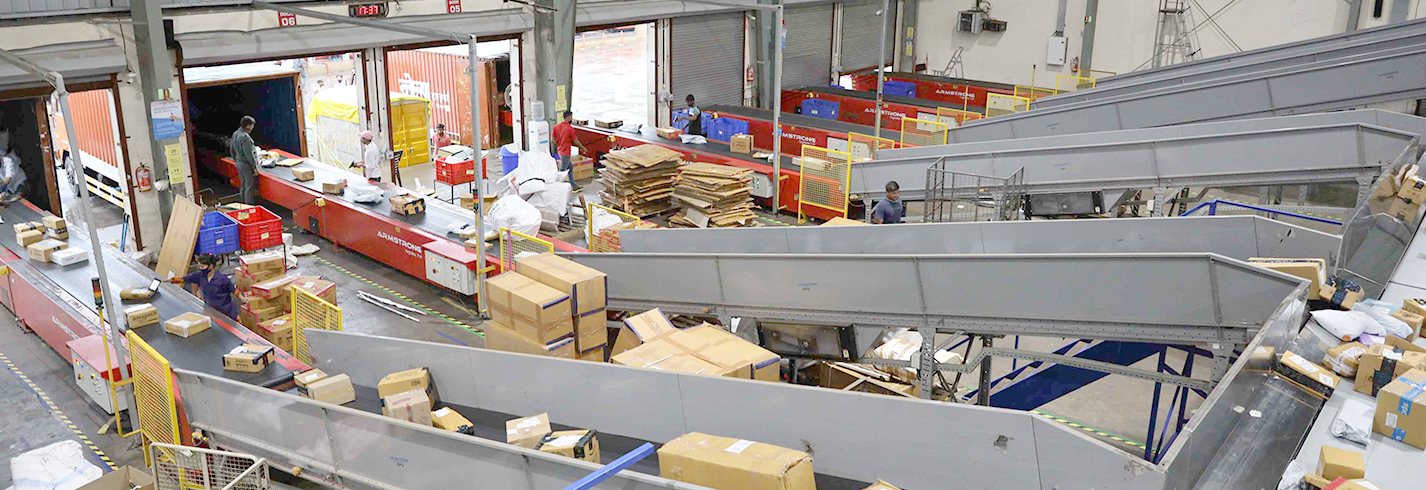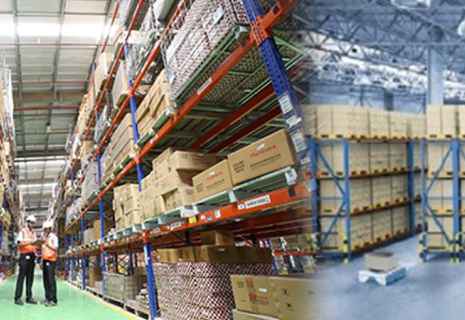
Struggling With Seasonal Demand Peaks? How Flexible PTL Networks Support Business Agility
Seasonal sales and festive waves often hit different regions at different times. These can cause sudden stock gaps, missed cut-offs, and rising damage risks. Companies providing part truck load services offer instant flexibility without waiting for full-capacity loads. They move goods faster, cheaper, and on demand. The PTL industry in India is all set to reach USD 37,029.90 million by 2030. This blog explains how PTL-backed networks manage peak pressure and help brands stay agile.
The Peak-Season Problem, Simply Put
Demand does not rise evenly everywhere. One city may need restocks twice a day, while another barely moves for a week. This makes planning tough. Inventory swings are difficult to match with lane availability. Vehicles get stuck waiting, and hubs get crowded. Even the best transportation service fails when visibility drops and teams juggle multiple vendors.
Most disruptions come from loose handovers and unclear ownership. Parcels sit idle at cross-docks, and claims take weeks to close. To survive peaks, brands must chase predictability. They need clean handoffs, standard handling, and fixed service commitments. A simple rulebook with clear timelines makes operations repeatable across all routes.
What Flexible PTL Really Looks Like
Peak-season PTL is not about random loads thrown together. It works through fixed schedules, planned consolidations, and regional flows. Multi-hub routes are designed to collect cargo quickly and drop it at connected zones. Every lane is timed, and vehicles leave on schedule — whether full or not. That is the discipline of part truck load services at work.
Surface linehaul moves most of the volume across states. But when time is tight, certain SKUs jump ahead. This is when an express service courier becomes the perfect backup. Urgent shipments get priority uplift without disturbing the base network.
Not all replenishments are large. Smaller promos and carton-level moves are faster pushed through parcel express channels. It keeps stores stocked without waiting for consolidation.
Design Levers That Absorb Surges
A smart PTL network is built like a web, not a straight line. Hub-and-spoke models help connect zones, while shortcuts between high-demand routes reduce travel time. Even better, part truck load services can run milk runs from distribution centres to multiple destinations in one go.
- Fleet flexibility is key. A combination of owned trucks and partner fleets provides ample backup when demand surges. Contingency lanes are open instantly during blockages or weather issues.
- Cut-off rules must adapt. Weekend pickups and late drop-off times can stretch out the window for shipping. Smaller micro hubs close to the point of consumption could allow cargo to be staged before final delivery.
- Returns are also part of peak planning. Fast triage, clear labelling, and instant put-back into inventory protect working capital.
Tech That Keeps Peaks Predictable
Peaks become stressful only when teams cannot see what is happening. Live track-and-trace and ETA accuracy make planning easier. A well-connected system lets brands follow every movement across part truck load services.
Forecasts improve when sales and marketplace inputs flow into planning dashboards. Capacity is staged in advance instead of reacting at the last minute.
Routing tools help when deliveries are split between stores and homes. This is where last-mile delivery needs proper slotting and allocation to avoid delays.
Clean integration with ERP and WMS ensures quick billing checks and fast dispute closure. No lengthy mail trails. No confusion.
Choosing The Right 3PL Partner
One dependable partner for both mid-mile and final deliveries reduces stress. No need to follow up with multiple vendors or track separate SLAs. A single 3PL logistics provider brings order and control.
The right partner already has a ready PTL framework for the seasonal rush. They follow standard handling formats, disciplined cross-docking, and strict damage protocols.
Before full roll-out, pilot lanes can be launched. Brands can run quick logistics trials and measure on-time performance before expanding.
Conclusion: A Smarter, Smoother Future in Logistics
Seasonal agility is not luck. It comes from smart PTL design, disciplined operations, and tech-led visibility. The right part truck load services partner can help brands face surges with control.
Looking to eliminate delays and streamline your supply chain? Write to us at enquiries@mahindralogistics.com. and let us move your business faster, smarter, and further.





